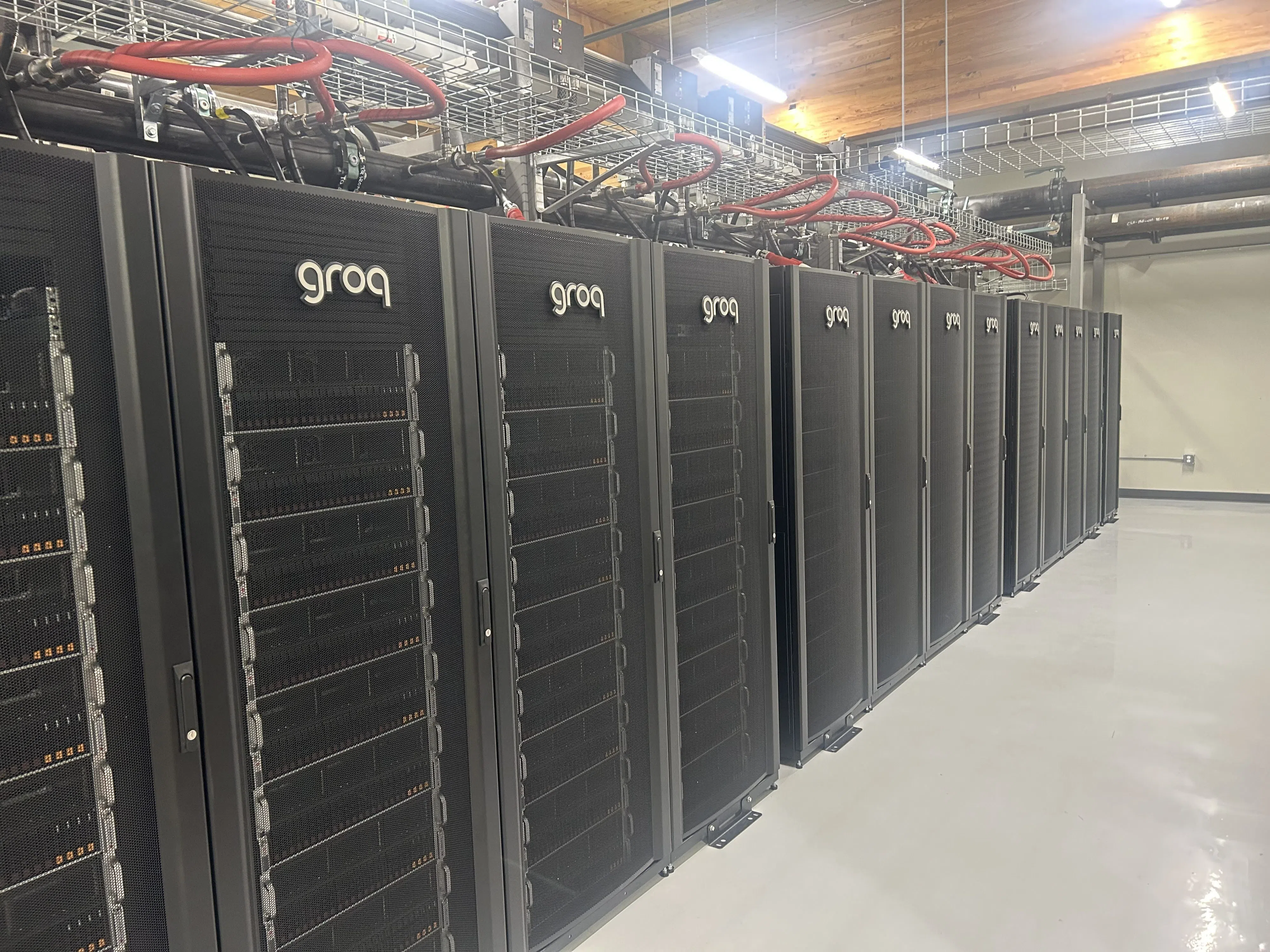
Bell is putting Kamloops on the map as a national leader in artificial intelligence with the launch of a 7-megawatt AI computing facility—the first phase of its massive AI Fabric initiative to build 500 megawatts of computing capacity across Canada.
The data center, powered entirely by clean hydroelectricity, is expected to create hundreds of construction and technical jobs and provide long-term economic benefits. It will also offer hands-on learning opportunities for students through a partnership with Thompson Rivers University (TRU).
“Thompson Rivers University is proud to partner in this groundbreaking initiative,” said Shannon Wagner, Interim Provost and VP Academic, Thompson Rivers University. “Positioning Kamloops and British Columbia at the forefront of sustainable AI innovation. This collaboration will create unprecedented opportunities for students, researchers, and our community.”
Dan Rink, President of Bell AI Fabric, says Kamloops was a natural fit for the project.
“We have ample electricity—it’s green. We have the right climate. We’re on large tectonic plates, so we have environmental stability. And foremost, we have a deep-rooted history in industry,” said Rink. “Kamloops has a very large contingency of skilled tradespeople and an amazing university with a strong trades program.”
Rink says it will directly employ about 15 people.
“But then there’s a lot of spin off jobs as well, lots of local partners, local contractors, handling meetings, handling the very large amount of infrastructure that’s here. Obviously a lot of spin off jobs.”
Beyond job creation, the facility aims to position Kamloops as a strategic tech hub, benefiting from its central location where major highways, rail lines, and fiber networks converge.
The center will also showcase sustainable design, using local materials and innovative cooling techniques to reduce environmental impact.
Bell’s investment is seen as a transformative move for Kamloops, shifting its industrial legacy toward a future in clean tech and digital infrastructure.
Diana Gibson, Minister of Jobs, Economic Development and Innovation, Government of British Columbia says BC has a robust and rapidly growing AI sector.
“The supercluster of data centres will drive innovation, create jobs, and further strengthen our province’s position as an emerging world-class AI hub.”
Bell AI Fabric includes:
- Two 7 MW AI facilities that will be live this year. The first will open in Kamloops, BC in June 2025, and is powered by Groq’s cutting-edge LPUs, which are designed to accelerate artificial intelligence inference tasks, particularly for large language models (LLMs). The second facility will open in Merritt, BC by the end of this year.
- Two additional 26 MW AI data centres in Kamloops. The first will open in 2026 at Thompson Rivers University (TRU) and will be followed by a second 26 MW data centre in 2027.
- Two AI data centres in advanced planning stages, which will be designed for high-density AI workloads, powered by clean hydroelectricity and with a total capacity of more than 400 MW.
Other facilities planned across the country will take advantage of Bell’s nationwide real estate assets and will further add to the capacity of Bell AI Fabric.
Advanced compute technology powered by Groq
Bell has selected Groq as its inference infrastructure partner to support the development of sovereign AI in Canada, ensuring that customers have access to the most up-to-date technology to power their AI workloads. Groq’s advanced LPUs deliver faster inference performance than other processing units at significantly lower costs per token than existing market alternatives.
Jonathan Ross is the CEO and Founder, Groq. He says Groq’s advanced LPU technology, combined with Bell’s extensive fibre infrastructure, is setting a new standard in AI inference.
“We’re excited to bring these capabilities to Canada, significantly enhancing performance and affordability for AI-driven applications.”















